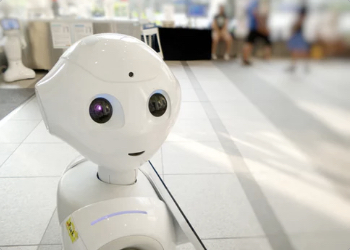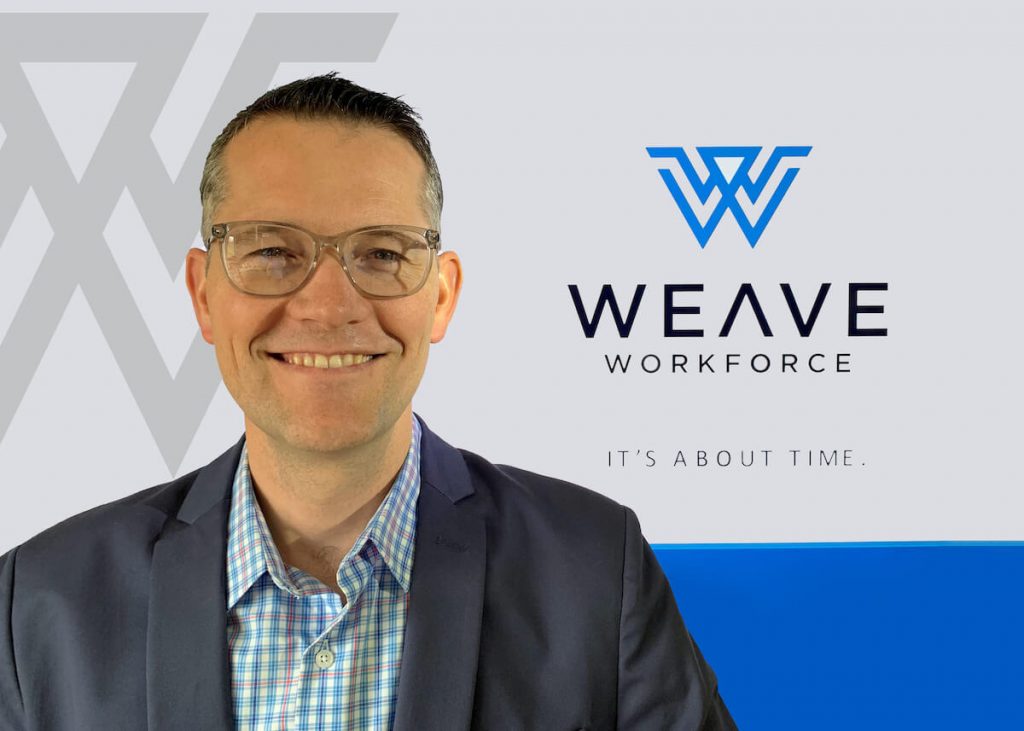In the age of Angie’s List, Yelp, Google Maps, and TripAdvisor, service businesses are constantly working to collect good reviews from their customers. Reviews not only signal to a business whether they are meeting current customer standards; they also play a key role in the decision-making process of prospective customers. A study conducted by BrightLocal in December of 2020 cited that 87% of consumers read online reviews of their local businesses, and only 48% of people would consider using a business rated with less than 4 stars. Because reviews affect customer acquisition and reflect customer retention, businesses that don’t achieve consistent high ratings feel the effects throughout their customer lifecycle.
Aim for Superior Customer Service
Five-star customer experiences may look different depending on industry, business, and customer involved. While the product itself plays a key role in product-based business reviews, posing its own set of unique challenges, perceived customer service is a significant component of reviews for service businesses. The key drivers of dissatisfaction with service businesses are negative employee interactions and long wait times.
Negative employee interactions are often caused by a mismatch between the service to be rendered and the employees available to provide it. While staff members must of course be trained in positive customer interaction, even experienced staff members can leave customers with negative impressions when their skill set or capacity for workload is not adequately matched to the job requirement. An employee with too many jobs at hand cannot give suitable attention to each customer. This causes a negative perception of the employee and the business, as staff is more stressed, less focused, and constantly playing catch-up and multitasking. Additionally, if the employee does not have the proper skill set to provide the type of service required, the negative customer experience will further compound, as this typically increases wait times until the staff with the relevant skill set is available to tend to the job.
Long wait times also occur when workers cannot keep up with overall demand and, as a result, a customer queue forms. The longer customers must wait for service, the more impatient they will become. Even a positive experience with a staff member can be offset by long wait times that in turn cause negative reviews or “loss of stars”. The problem is a vicious cycle, and once the business is running behind, it is incredibly difficult to catch up.
AI-Powered Employee Scheduling Software Can Make the Difference
Employee interactions and wait times can both be improved with intelligent staffing and scheduling. This starts with an accurate prediction of future workload, followed by scheduling a workforce that fits the predicted demand. By better anticipating the upcoming workflow, a service-business manager can plan for the right employees to be available when needed, ready to provide high-quality service. AI-based staffing and scheduling can recommend both the right quantity and the right skill mix of workers to match the demand. This improves the overall ability to deliver great service on a timely basis.
If you have been chasing that 5-star rating and are never quite getting there, intelligent staffing and scheduling can be a remarkable lever to increase positive customer sentiment – and provide a more balanced work life for your employees. AI-based demand forecasting and scheduling can ensure you have the right people on, at the right time, to delight your customers.
Author: Anna Schultz
Anna is Marketing Coordinator at RXA, a Growth Marketing Intelligence company fueled by data science and applied artificial intelligence, and parent company of Weave Workforce, a workforce optimization software. In her role, Anna helps companies meaningfully activate the benefits of data analysis through RXA’s GMI platform and applications. In today’s world, all companies collect data – it’s what you do with it that makes a difference!



